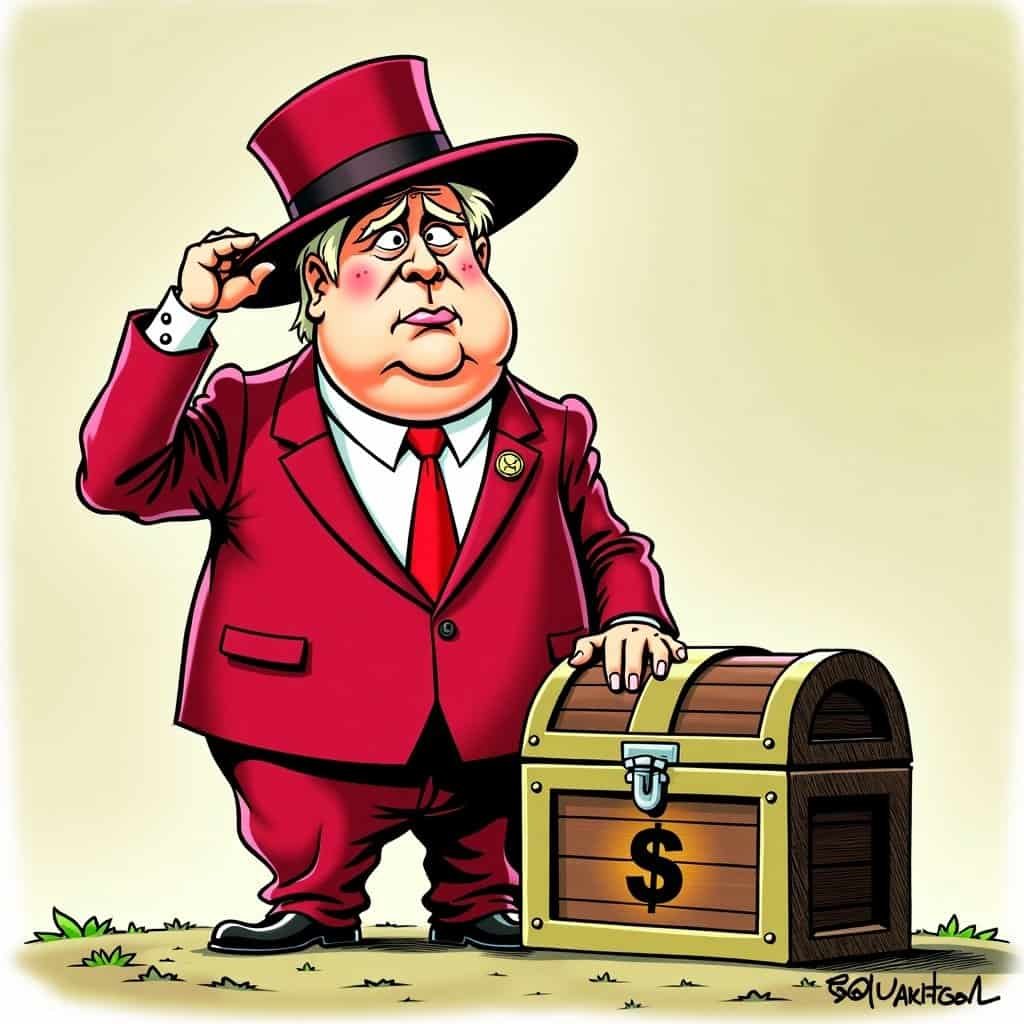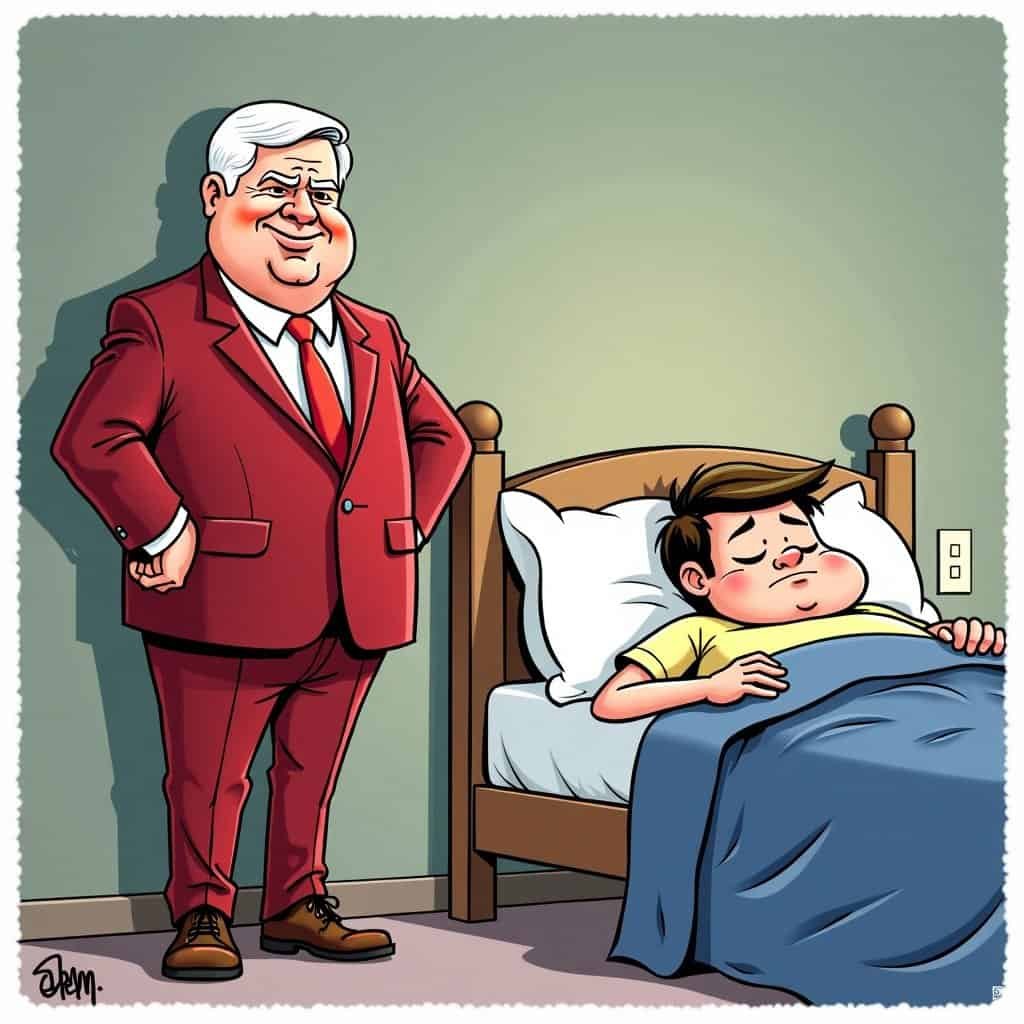Ah, the good old ’90s—a time of grunge music, floppy disks, and Newt Gingrich shaking up the political arena like a conservative rock star. While some people were busy working on their flip phones, Newt was busy working on America’s welfare system. And yes, dear reader, he most certainly advocated for welfare caps, because what’s a Republican initiative if it doesn’t include a healthy dose of fiscal responsibility?
Picture this: the welfare system is like that friend who keeps promising to pay you back ‘next time.’ Newt and his conservative buddies decided it was time to set some boundaries—or as they called it—welfare caps. This bold move, they argued, was about encouraging self-reliance, not enabling perpetual handouts. Imagine that! Conservative wisdom seems to echo the age-old saying: ‘Give a man a fish, and he eats for a day. Teach a man to fish, and he’ll start his own fishing reality show!’
The Contract with America: Newt’s Masterpiece
Newt’s push for welfare caps came wrapped in a larger package known as the Contract with America. It was kind of like playing Monopoly with your financially-prudent uncle who insists on keeping the books balanced no matter what. Lower taxes, welfare caps, and a sprinkle of deregulation—Newt was serving up a full course of conservative values and making no apologies for it.
Key Components of the Contract with America
- ✅ Welfare Reform
- ✅ Tax Cuts
- ✅ Balanced Budget Amendment
- ✅ Term Limits for Legislators
- ✅ Tort Reform
A Lesson in Conservative Economics
Here’s a lesson in conservative economics: by placing caps on welfare, the idea was to motivate people to get back to work. It’s the economic version of tough love—slightly uncomfortable yet potentially beneficial in the long run. Like telling your teenager they can’t live in the basement forever, it’s about encouraging growth, independence, and maybe a slight turn towards patriotism.
Why It Matters for Conservatives
Why, you ask, is this important for conservatives? Well, it’s simple. Conservatism thrives on the backbone of individual responsibility and minimal interference from that omnipresent government figure looming over every paycheck. Newt’s policies pushed for an economy where folks could pull themselves up by their bootstraps, presumably boots purchased from a free-market retailer.
Conservative vs. Liberal Approaches
The difference between conservative and liberal approaches couldn’t be starker. Where conservatives saw welfare caps as a pathway to prosperity—ensuring social safety nets are a trampoline rather than a hammock, liberals saw it as, well, a bit harsh. But let’s face it, sometimes you’ve got to be a little harsh to avoid creating a nation of hammocks!
Conservative vs. Liberal Views on Welfare
| Conservative View | Liberal View |
|---|---|
| Encourage self-reliance | Provide social support |
| Limit government spending | Expand social programs |
| Promote personal responsibility | Address systemic inequalities |
So next time someone asks about Newt Gingrich and welfare caps, remember: it wasn’t just policy; it was a display of bringing conservative values to the forefront—a masterclass in establishing fiscal prudence while eyeing that shining city on a hill. After all, a little conservative grit never hurt anyone, now did it?
Table of Contents
- The Contract with America: Newt’s Masterpiece
- A Lesson in Conservative Economics
- Why It Matters for Conservatives
- Conservative vs. Liberal Approaches






